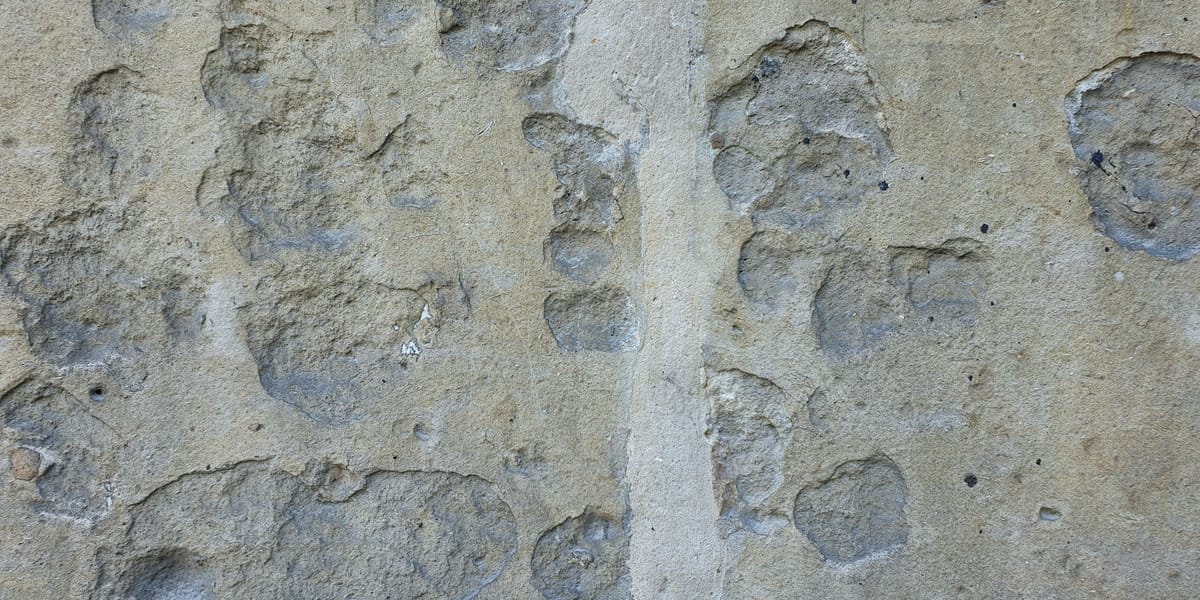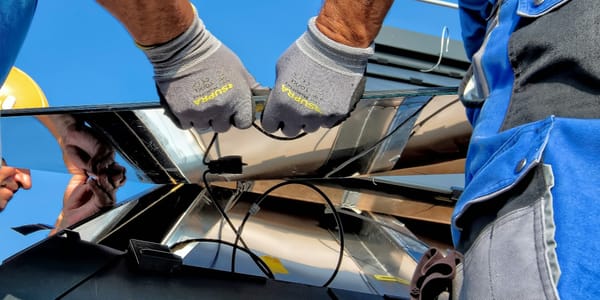Self-Healing Concrete: The Future of Durable Construction

Concrete has been a cornerstone of construction for centuries. Its strength and versatility make it essential for buildings, bridges, roads, and countless other structures. Yet, concrete has a weakness: cracks. From the smallest hairline fracture to larger fissures, cracks compromise the integrity of concrete structures, opening them up to water damage, corrosion, and ultimately, a shortened lifespan. Now, imagine a future where concrete could mend itself – and that future might be closer than you think with the exciting realm of self-healing concrete research.
How Self-Healing Concrete Works
Inspired by the natural healing processes found in living organisms, researchers are developing concrete that can mimic this ability. Various self-healing mechanisms are being explored:
- Biological Healing Agents: Certain types of bacteria, when embedded in concrete, can activate in the presence of water and produce calcium carbonate—essentially a natural limestone filler that seals cracks.
- Microcapsules: Imagine microscopic capsules filled with a healing agent, such as epoxy, within the concrete mix. When a crack forms, the capsules rupture, releasing their contents to fill and bond the gap.
- Shape-Memory Polymers: These smart materials can deform and then return to their original shape when triggered by stimuli like heat or light. Embedded within the concrete, they can help close up small cracks.
Benefits of Self-Healing Concrete
The potential advantages of self-healing concrete go beyond just fixing cracks:
- Sustainability: By extending the lifespan of concrete structures, we reduce the need for demolition and rebuilding, minimizing waste and conserving resources.
- Lower Maintenance Costs: Less frequent, less costly repairs over a structure's lifetime translate to significant savings for owners and municipalities.
- Resilience: Self-healing concrete can enhance the durability of structures in harsh environments, making them more resistant to the wear and tear from weather or heavy use.
From Lab to Construction Site: Recent Developments
While self-healing concrete has been in development for a few years, advancements in 2024 are focusing on the hurdles of practicality:
- Cost-Effectiveness: Researchers are seeking viable and inexpensive ways to incorporate self-healing materials into standard concrete mixes.
- Real-World Durability: Testing how self-healing concrete performs in freeze-thaw cycles, exposure to chemicals, and other challenging conditions is crucial.
- Large-Scale Implementation: Studies aim to make self-healing techniques easy to adopt during regular construction projects.
The Vision for the Future
Though widespread implementation might take years, the potential of self-healing concrete is immense. With further research and refinement, we could see:
- Highways and bridges that automatically repair minor damage, minimizing disruption and extending their service life.
- Buildings better equipped to withstand natural stressors, potentially improving safety in earthquake-prone zones.
- Infrastructure that requires less human intervention for maintenance, leading to smarter, more efficient use of resources.
Research Sources:
- Recent Research Papers:
- Wang, X., et al. (2022). A comprehensive review on self-healing concrete based on microencapsulation technology. Case Studies in Construction Materials.
- Ferrara, L., et al. (2023). Self-healing concrete for enhanced sustainability, durability and resilience. Frontiers in Materials.
Self-healing concrete is one of the most innovative developments in the world of building engineering. It holds the promise of a future where our infrastructure is not only stronger but smarter and more sustainable – capable of taking care of itself with remarkable resilience.



